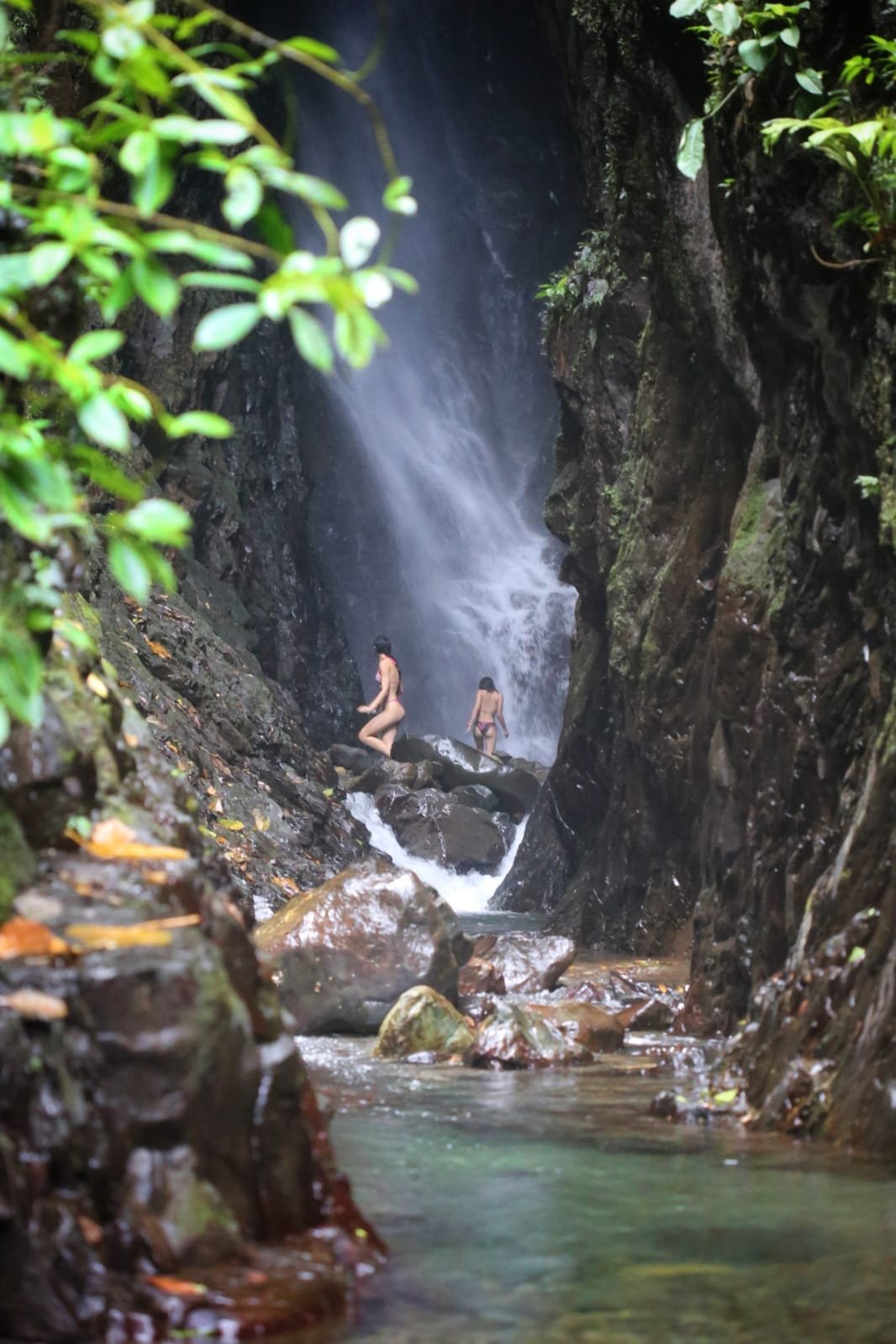When preparing to hike in Panama, it is essential to know the entrance fees and permits required for each park. The costs vary widely depending on the level of protection, infrastructure, and popularity of the site. Some of the most famous areas charge higher fees for foreigners, while a handful of reserves remain completely free to enter, making them particularly attractive to budget travelers.
Coiba National Park is perhaps the best-known protected area in the country and a UNESCO World Heritage Site. Foreign visitors are required to pay twenty dollars for entry, while Panamanian citizens pay just five. The fee helps support conservation efforts in one of the richest marine ecosystems in the world. Because Coiba is an island park, visitors must also join organized boat trips, which adds to the overall cost but ensures the park is preserved responsibly.
Isla Iguana Wildlife Refuge, located off the Azuero Peninsula, is smaller and easier to reach but still requires a fee. Foreigners pay ten dollars to land on the island, while locals pay about four. The island is famous for its nesting seabirds, pristine coral reefs, and beautiful white-sand beaches. The money collected helps preserve these fragile environments, which are easily disturbed by tourism.
Volcán Barú National Park, home to the highest point in Panama, is another popular site for adventurous hikers. The entrance fee for foreigners is five dollars, and there is an additional charge if you plan to camp overnight on the mountain. The challenging hike to the summit takes several hours, but the chance to see both the Pacific Ocean and the Caribbean Sea at sunrise is worth every cent.
Metropolitan Natural Park in Panama City is unique as it is the only tropical forest within a Central American capital city. Foreign visitors pay around four to five dollars to enter. The park offers a great selection of short hikes and wildlife viewing opportunities, making it an affordable option for those who do not have time to travel far from the city.
Soberanía National Park is another famous spot, especially among birdwatchers. Entry to the general trails costs about five dollars for foreigners. However, the Rainforest Discovery Center inside the park charges closer to thirty dollars for international visitors, particularly for access during early morning birding hours. The canopy towers and well-maintained infrastructure justify the higher cost for those seeking a world-class birding experience.
La Amistad International Park, which Panama shares with Costa Rica, charges a small fee at ranger stations for foreign visitors. While the official cost is low, the real expense lies in arranging guides and transport to reach this remote and rugged area. Its vast size and limited infrastructure make it a destination for experienced trekkers seeking solitude.
Darien National Park, the largest and most remote in Panama, is legendary among adventurers. Entrance for foreigners is about seven dollars, but visiting is not as simple as paying at the gate. Special permits and guides are usually required, and most travelers only enter through organized tours that add considerably to the cost. Despite the fees and logistics, the experience of exploring Darien is unmatched.
Cerro Hoya National Park on the Azuero Peninsula is less visited but still requires payment of small fees collected by local rangers. The park protects one of the last dry forests in Panama and offers rugged hiking opportunities for those willing to venture off the beaten path. Altos de Campana National Park, the oldest in the country, is much more accessible and charges only a few dollars to enter. Its trails are short but offer stunning views of the Pacific coast.
Not every protected area in Panama requires a fee. Fortuna Forest Reserve in Chiriquí and Palo Seco Protected Forest in Bocas del Toro are two expansive reserves where no formal entrance fee is collected. These free-entry areas are a blessing for budget-conscious backpackers who still want the thrill of hiking through cloud forest and jungle landscapes without paying ticket prices.
The Lost and Found Hostel is perfectly positioned for those who want to take advantage of these free reserves. Nestled in the cloud forest between Boquete and Bocas del Toro, it offers direct access to trails that lead into Fortuna and Palo Seco. Guests can step outside the hostel and immediately find themselves surrounded by pristine nature without worrying about entrance fees.
This unique location has helped make Lost and Found one of the most famous hostels in Panama. Its mix of lively backpacker community and unbeatable access to free hiking trails makes it a must-stop for travelers who want both social interaction and adventure. The surrounding trails offer some of the best wildlife and cloud forest experiences in the country at no extra cost.
For travelers balancing their budgets, the existence of free reserves like Fortuna and Palo Seco provides a valuable counterpoint to pricier destinations such as Coiba, Isla Iguana, and Soberanía. Backpackers can spend days hiking in the mountains for free before moving on to spend money at world-class marine parks or volcano treks. This balance allows Panama to cater to both budget and mid-range travelers.
Overall, Panama’s fee system is a patchwork that reflects the popularity, accessibility, and conservation needs of each site. High-profile destinations with heavy tourism have structured entrance costs that directly support preservation, while reserves with fewer visitors remain open and free. This variety allows travelers to design itineraries that match both their financial means and their appetite for adventure.
In the end, whether you are paying twenty dollars to snorkel with sharks and turtles at Coiba or nothing at all to wander through Fortuna’s misty forests, the experiences are priceless. Knowing the actual costs in advance helps travelers plan realistically, while the fees themselves ensure that Panama’s extraordinary biodiversity is protected for future generations.

